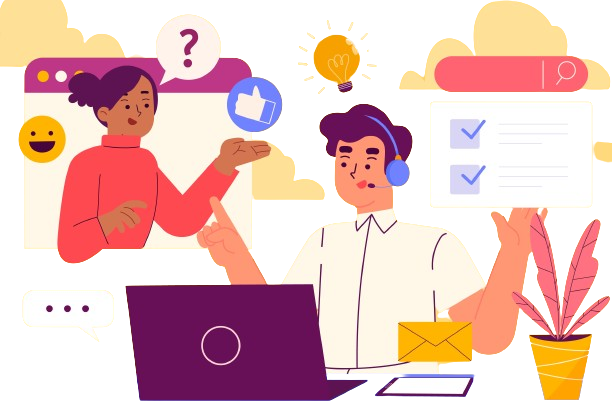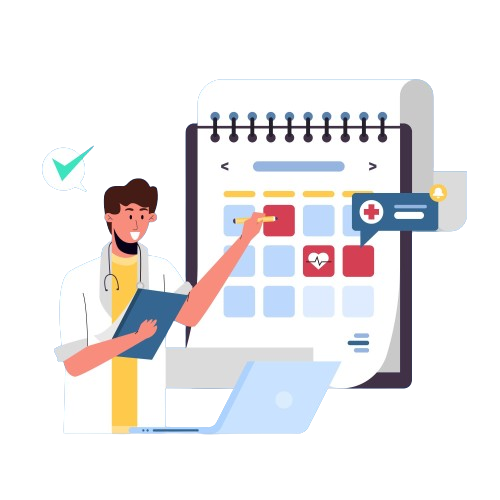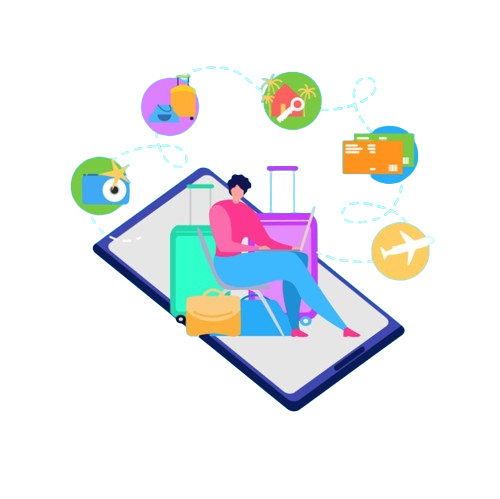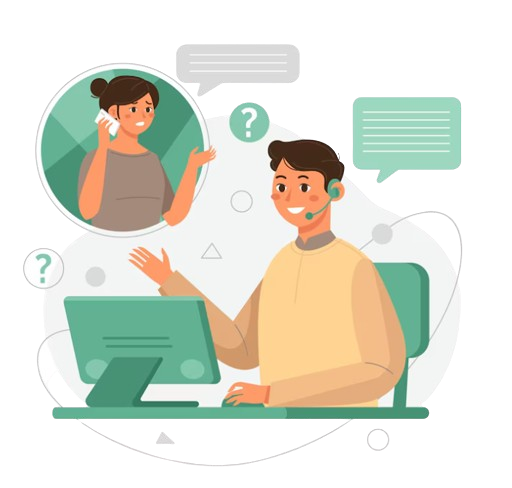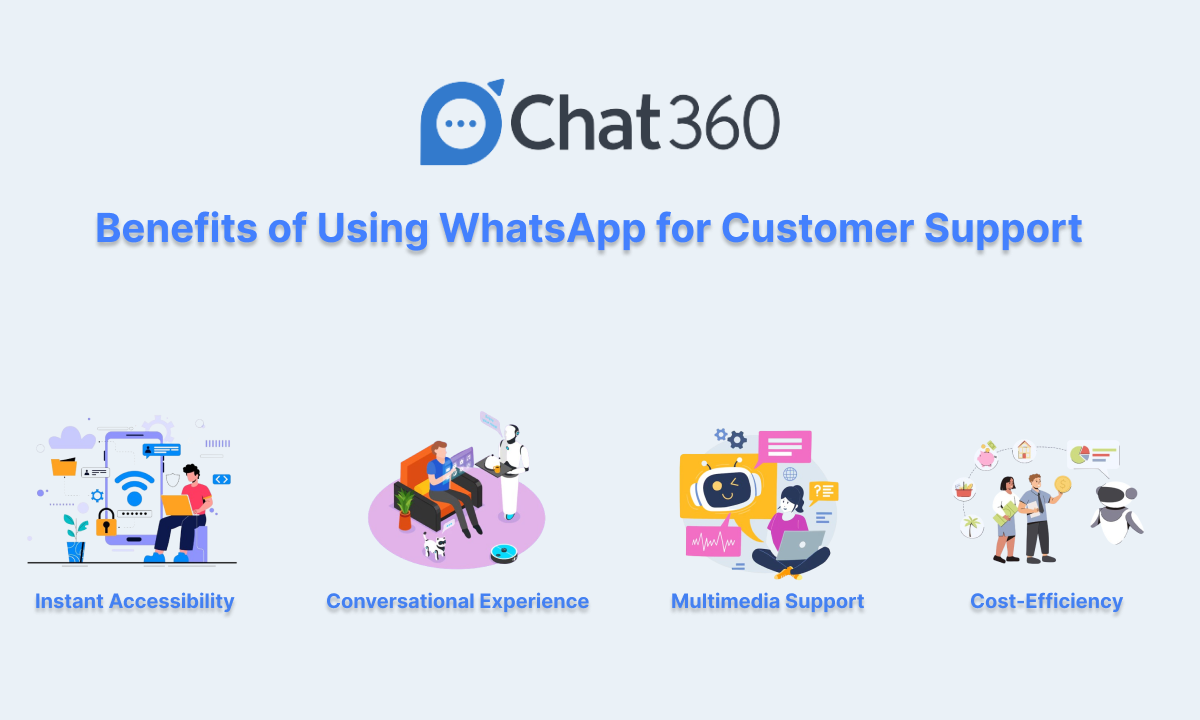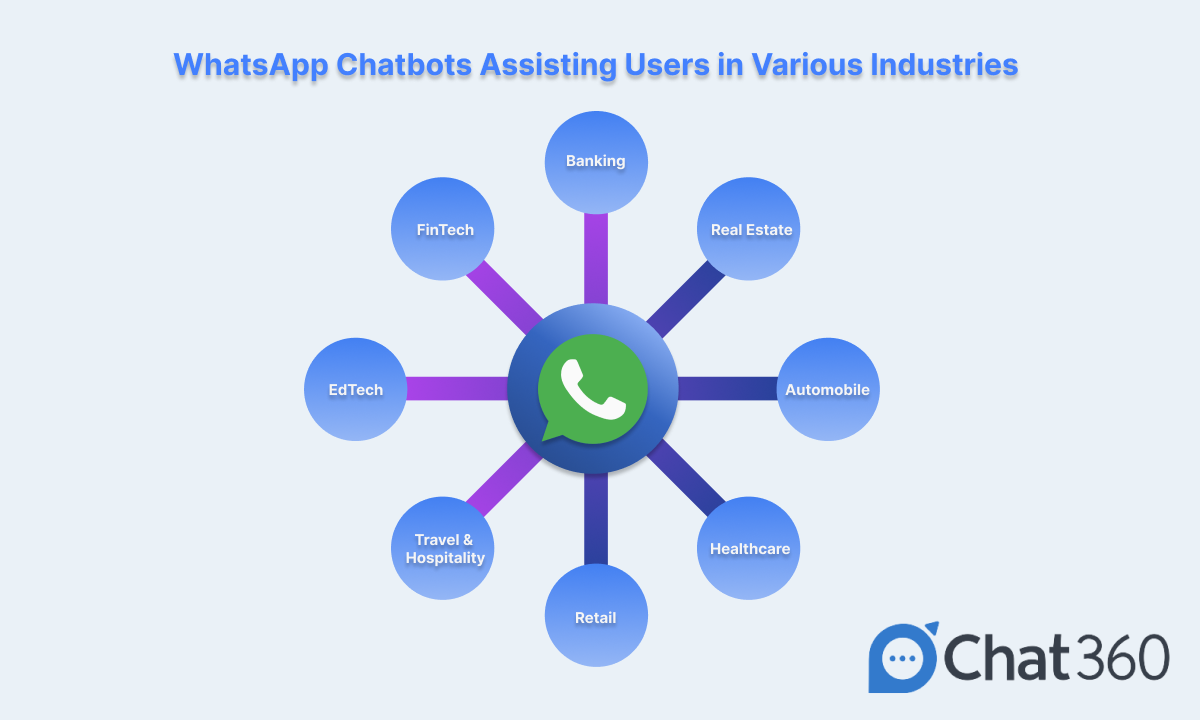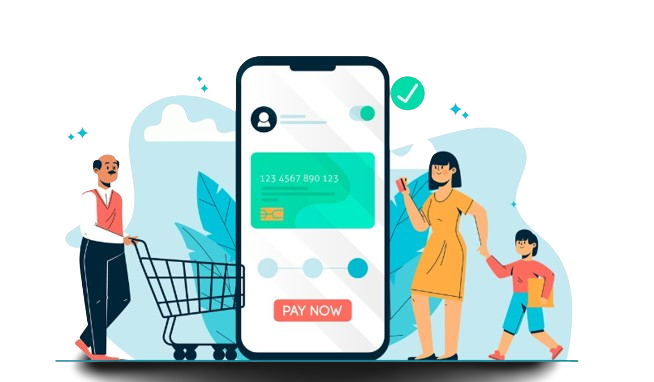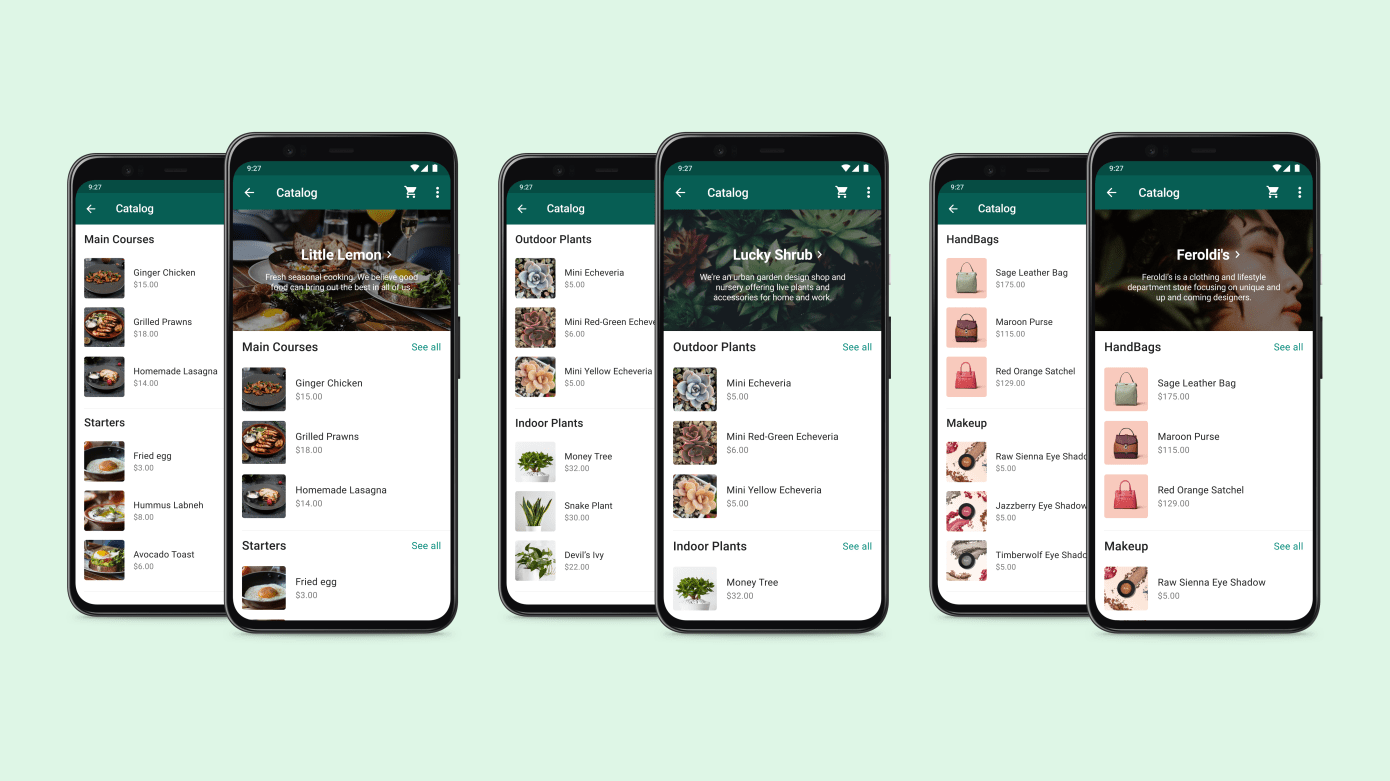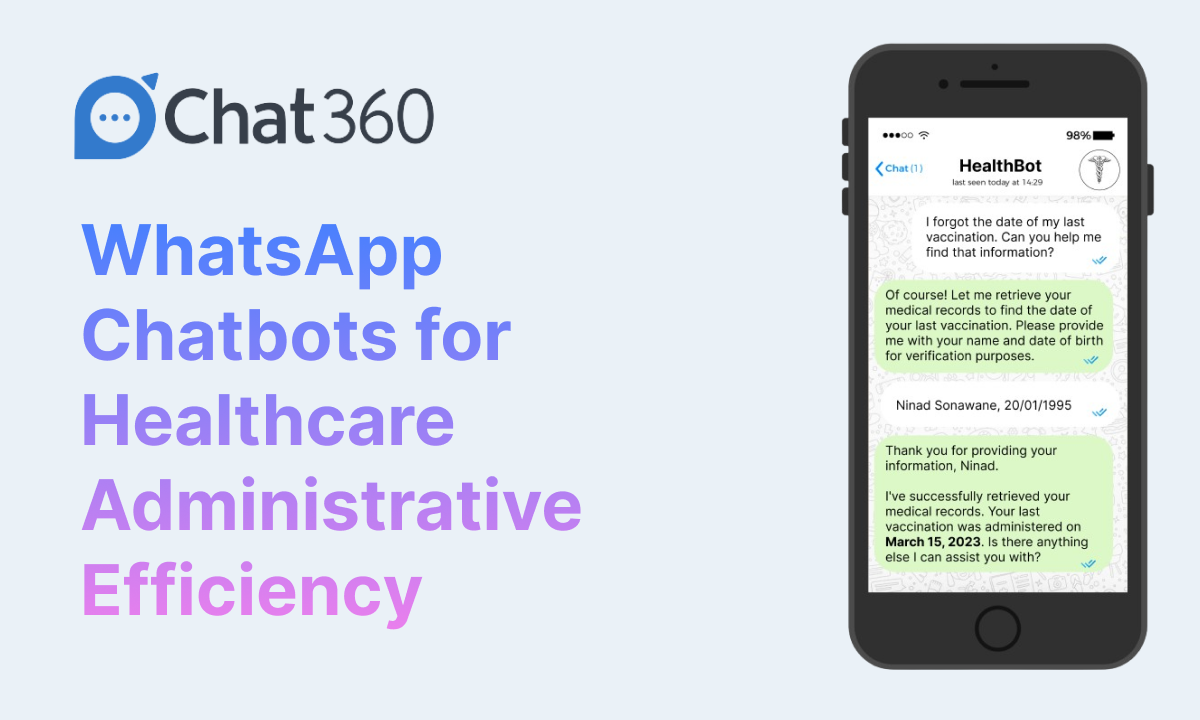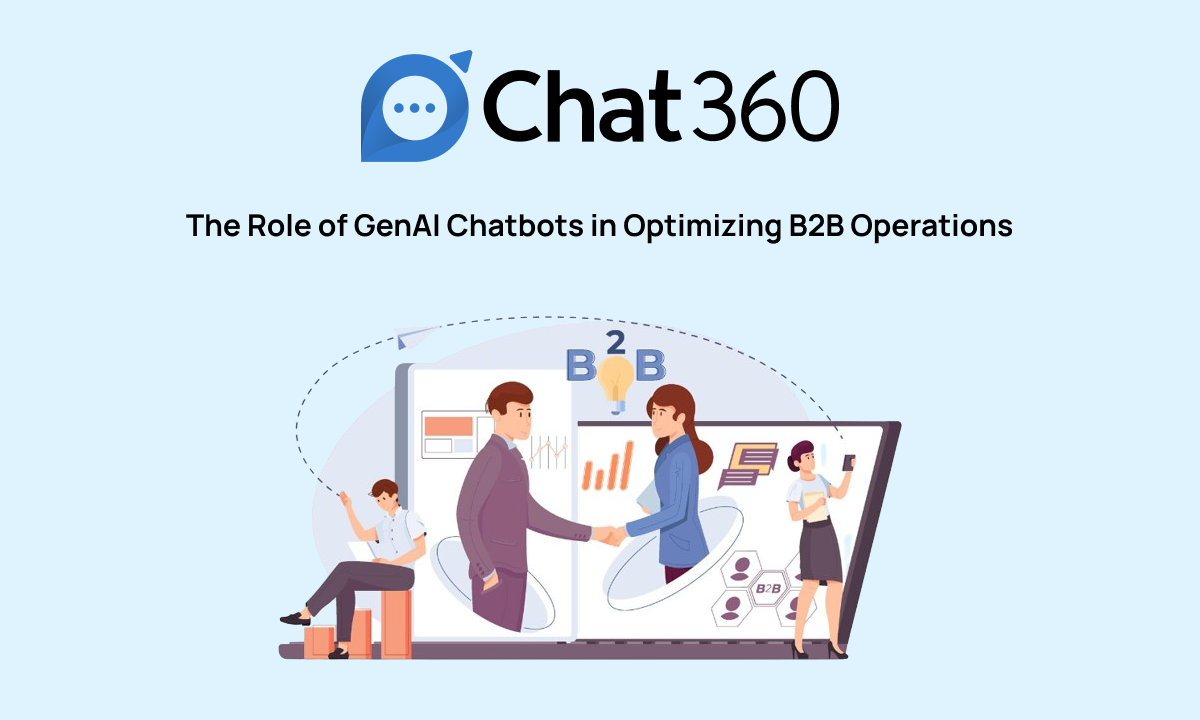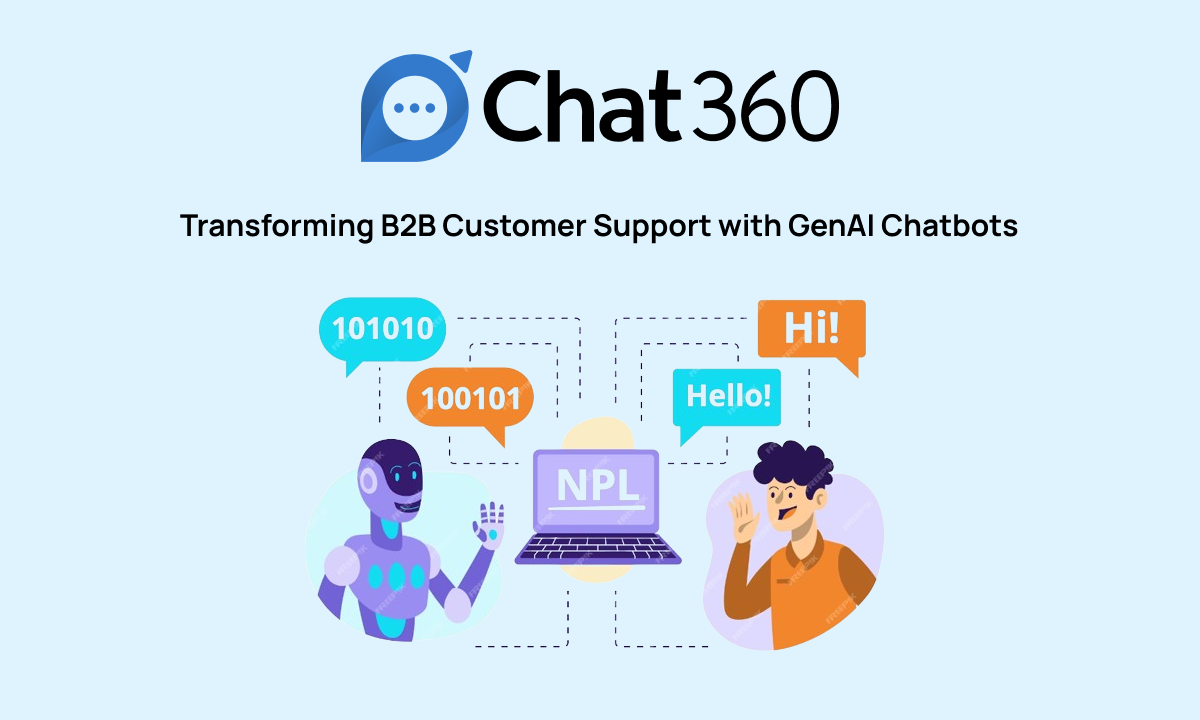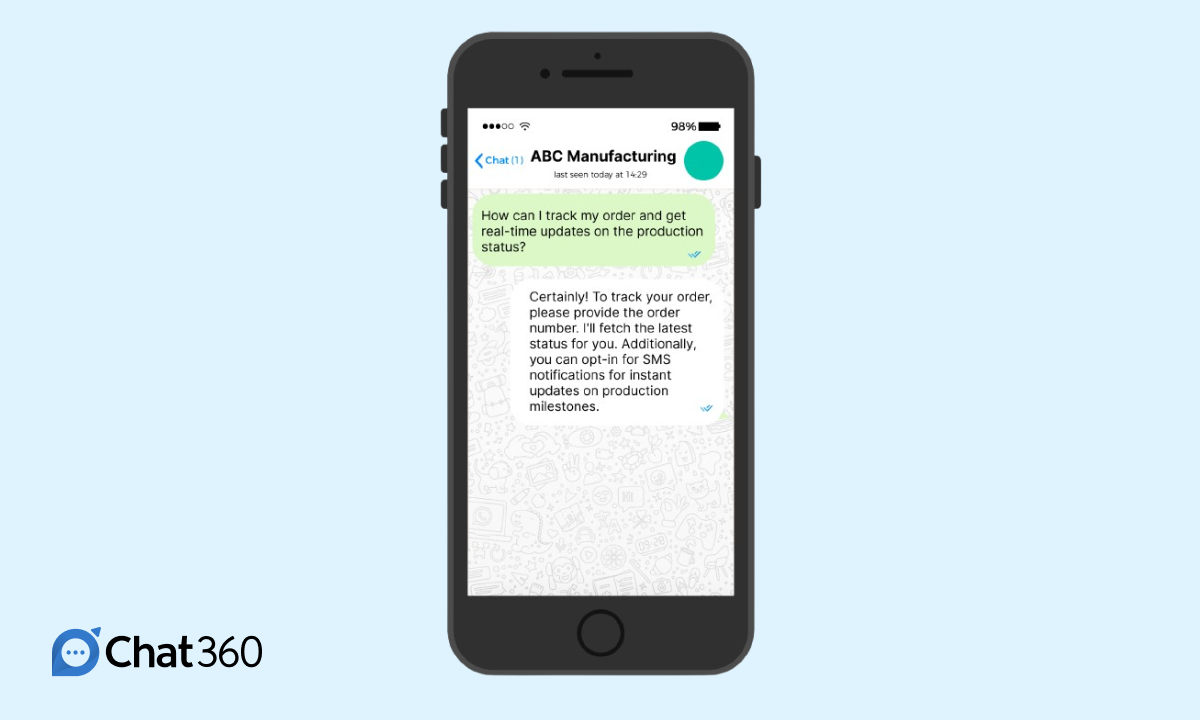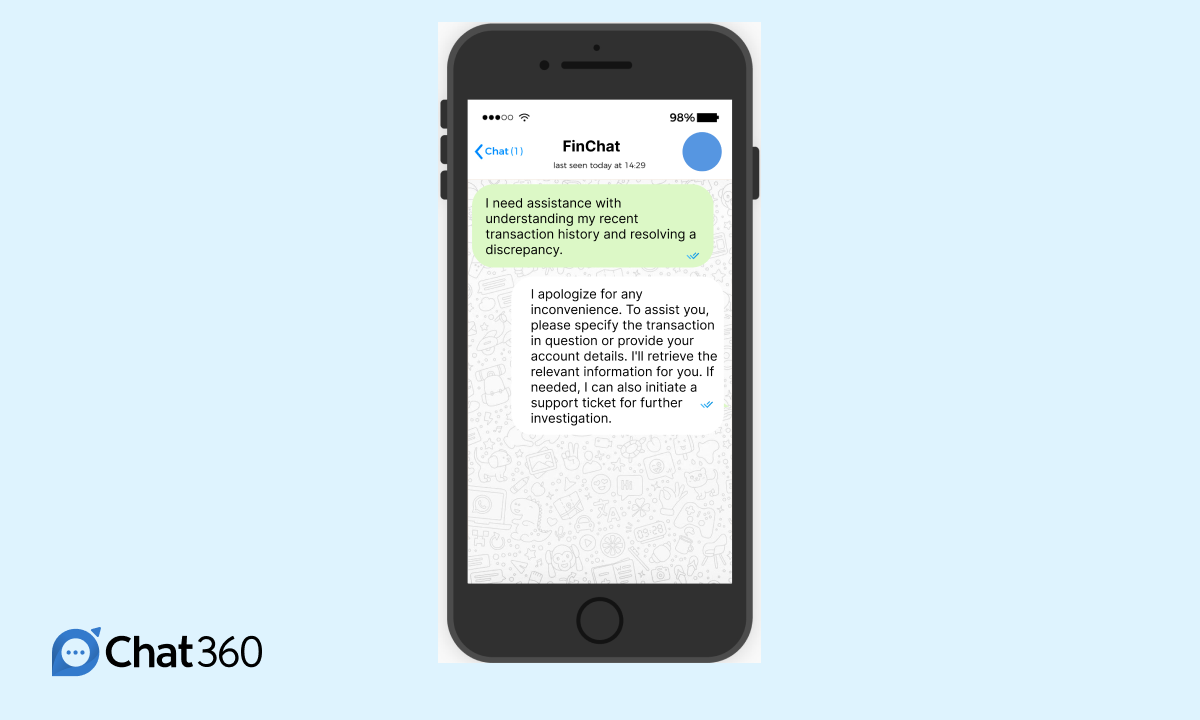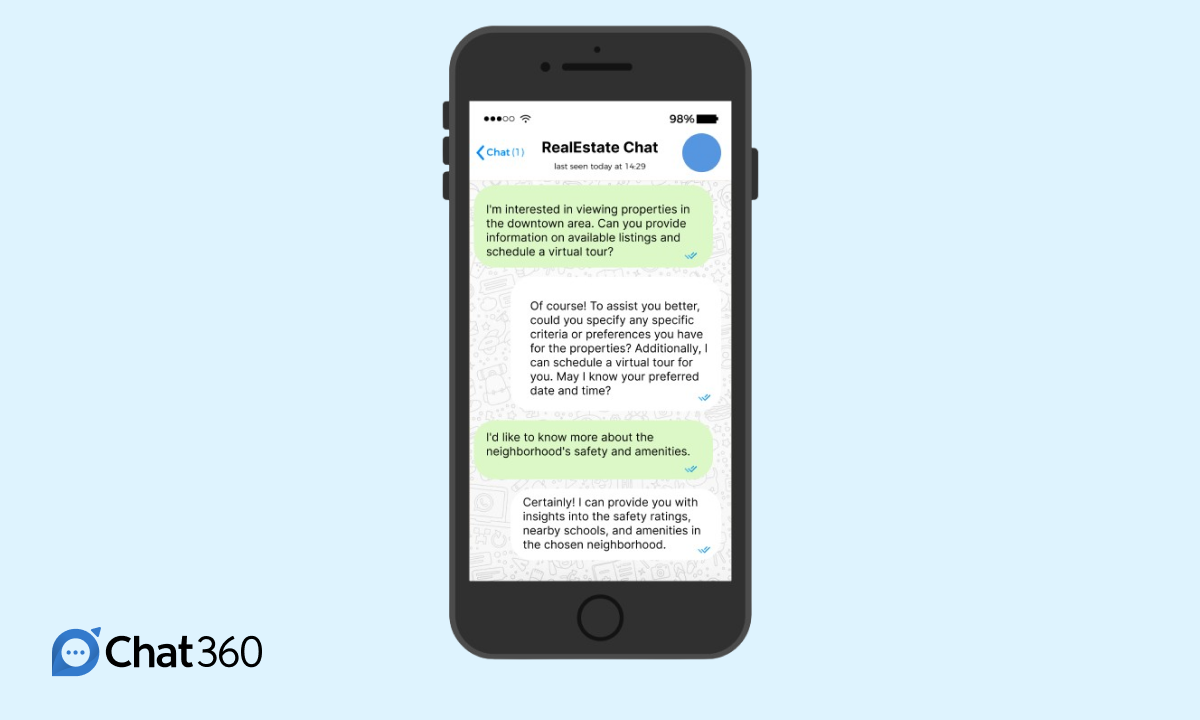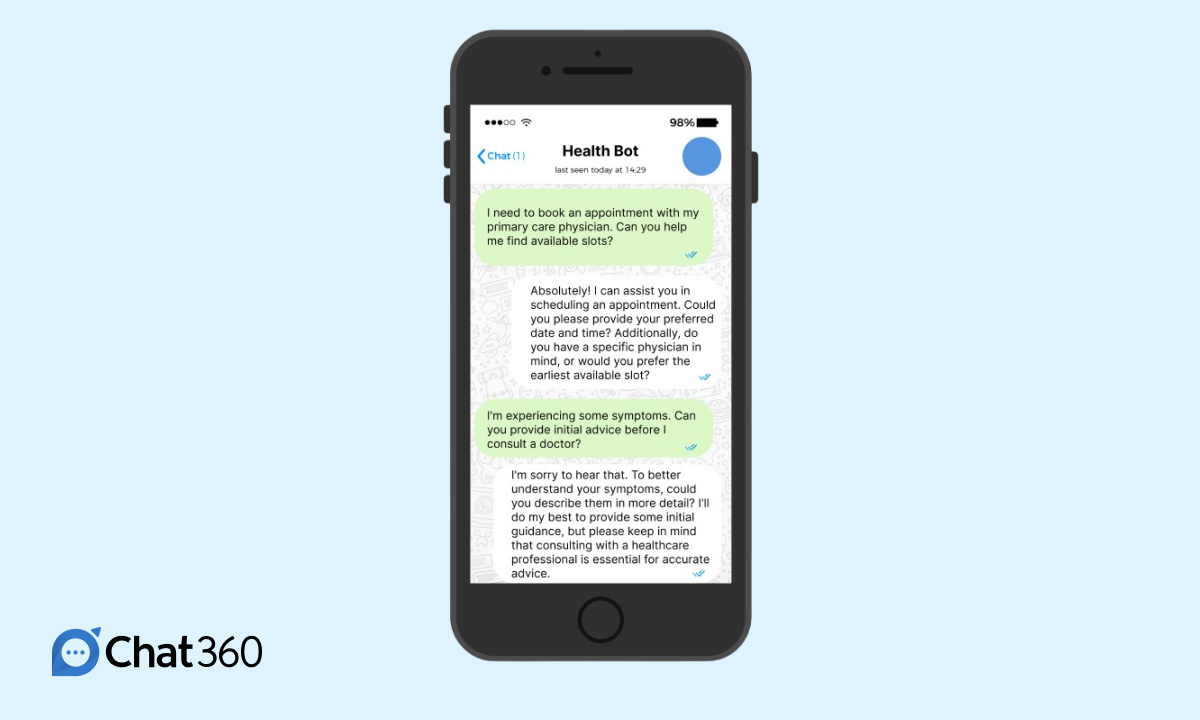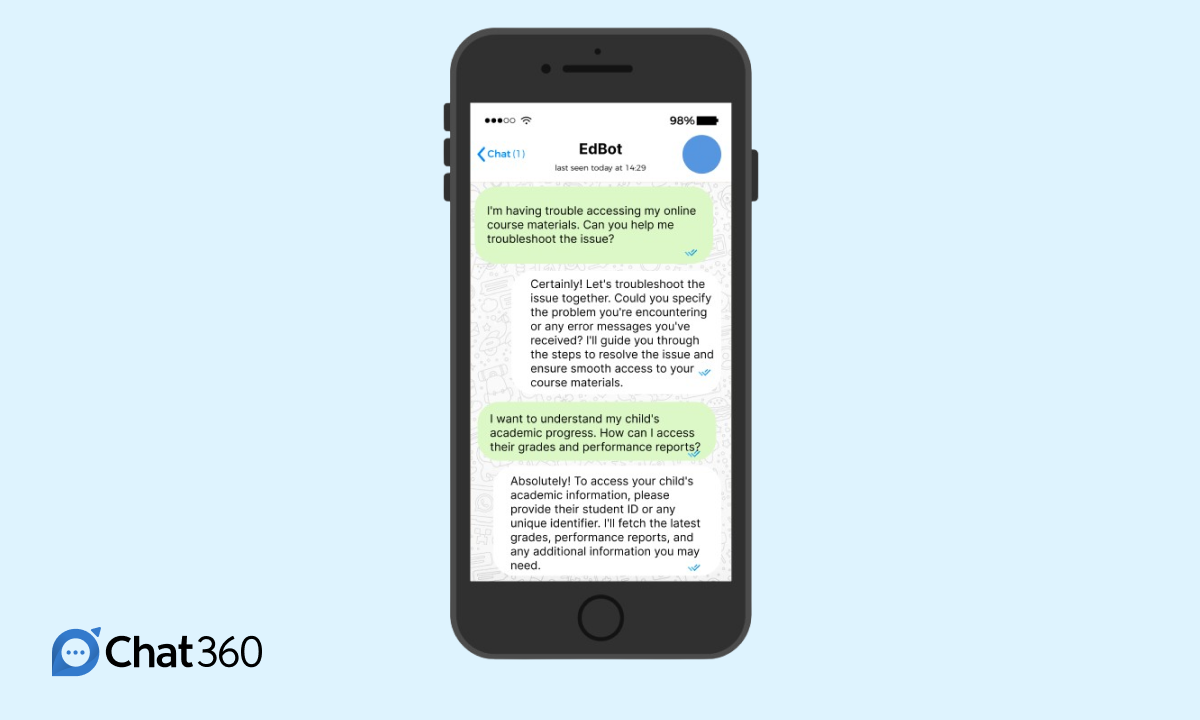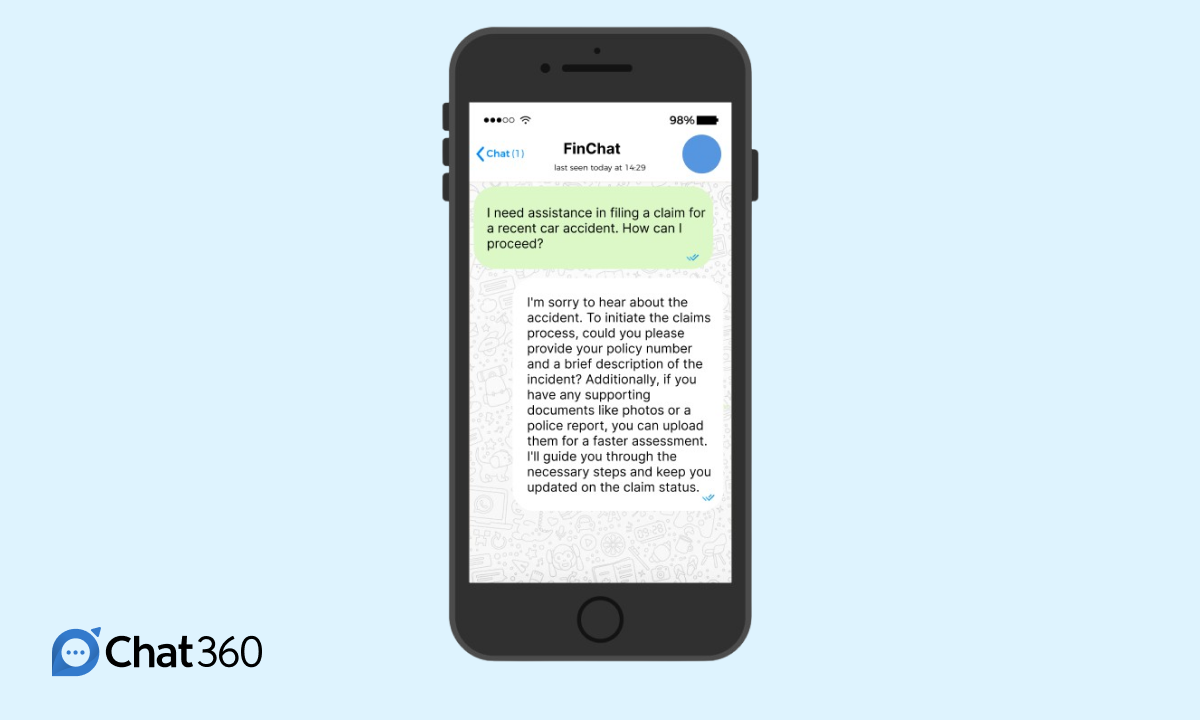In today’s fast-paced digital world, managing customer complaints and resolving issues quickly is crucial for maintaining customer satisfaction and loyalty. According to recent statistics, chatbots enable 90% of businesses to resolve customer complaints more swiftly, highlighting their importance in modern customer service strategies. Integration of Chatbots in businesses will help businesses in fulfilling increasing customer expectations. Chatbots offer a streamlined and efficient way to address customer complaints by providing timely responses and solutions 24*7.
What is Customer Complaint Management?
Customer complaint management refers to the systematic process of handling, addressing, and resolving customer grievances or issues. This involves receiving the complaint, investigating the root cause, communicating with the customer, and implementing solutions to rectify the problem. Effective complaint management ensures customer satisfaction and builds trust.
Benefits of Chatbots for Complaint Management
1. 24*7 Availability:
Chatbots are available round-the-clock, ensuring that customer complaints can be addressed and handled at any time of the day. This constant availability reduces the frustration customers often feel when they can’t reach support outside of business hours.
2. Reduce Wait Time:
Chatbots can reduce the wait by answering queries immediately. According to a report by HubSpot, ⅔ of consumers expect an immediate response (within 10 minutes) when they have a customer service question. By providing quick answers and solutions, chatbots can enhance customer satisfaction.
3. Accuracy and Consistency:
Chatbots consistently provide precise information, removing the inconsistencies that often arise with human agents. This consistency helps in building trust with customers. Research by Accenture indicates that 75% of customers are more likely to stay loyal to a company that provides consistent service.
4. Handling High Volume of Complainants:
Chatbots can handle multiple customer complaints simultaneously. This ensures that all complaints are addressed quickly, improving overall customer satisfaction.
5. Personalized Interactions:
Chatbots can provide personalized solutions to customer complaints by analyzing their preferences and history. According to research by Eplison,80% of consumers are more likely to make a purchase when brands offer personalized experiences, making personalization one of the key factors of customer satisfaction.
Best Practices to follow when using Chatbots for Customer Complaint Management
1. Clearly Defined Goals:
Identify the specific types of complaints and issues that the chatbot can resolve independently. For example, chatbots can be highly effective in handling simple inquiries, such as order delivery time, billing issues, or returns. Establish clear guidelines on when the chatbot should transfer the issue to a human agent. So clearly define which complaints will be handled by chatbots and which by support agents, increasing the efficiency of complainant management.
2. Intuitive Designs:
Design of Chatbot plays a significant role in overall user experience. Chatbot should be designed in a way that they are user friendly. They should be easy to use and provide solutions quickly. Don’t use complex algorithms, provide simple instructions so that consumers can get direct answers to their queries.
3. Emphasis on Empathy:
Chatbots should reply to customer complainants with empathy because the complainant often involves frustration and dissatisfaction. Chatbots should be trained to give more human like responses showing empathy. For example, phrases like “I understand how frustrating this must be for you” or “I’m here to help you resolve this issue” can make a significant difference in how customers perceive the interaction. Empathy in chatbot communication can enhance customer satisfaction and build trust in the support process.
4.Handover to live Agents:
Chatbots can’t handle all types of customer queries. There will be some complex queries that should be handled by support agents. Chatbots should be train to transfer important and complex issues to agents and providing all the initial information to support agents, so the customer does not have to repeat their issue. A smooth transition from chatbots to support agents will reduce customer frustration, improving the overall customer experience.
Case Studies: Successful Implementation of Chatbots for Customer Complaint Management
1. KLM Royal Dutch Airlines – BlueBot(BB)
In 2017, KLM Royal Dutch Airlines launched “BlueBot”, an AI-powered chatbot, to manage customer service queries and complaints. BlueBot was integrated across multiple channels, including Facebook Messenger, Twitter, WhatsApp, and KLM’s website. The chatbot was designed to handle a wide range of flight-related queries, such as delays, cancellations, and baggage issues, providing real-time updates and information to passengers. BlueBot could escalate complex complaints to human agents when necessary.
The implementation of BlueBot resulted in improvements in efficiency. It managed 40% of customer interactions without human intervention. The chatbot effectively handled increased volumes of customer interactions during peak travel seasons. This successful implementation highlights how AI-powered chatbots can transform customer service ensuring timely and efficient resolution of complaints.
2.Vodafone – TOBi
Vodafone introduced TOBi in 2017 to boost customer service and handle complaints efficiently. It deals with billing inquiries, technical issues, and service complaints and transferring complex cases to support agents.
Results showed that TOBi handled 70% of customer interactions without human intervention. Customers appreciated the quick and accurate responses, resulting in higher satisfaction. Key benefits of TOBi include faster complaint resolution, improved customer satisfaction, cost savings by reducing human agent requirements, and ability to handle large volumes of complaints.
How Chat360 can help in managing customer complaints and resolutions
For businesses looking to adopt chatbots for complaint management, using solutions like those offered by Chat360 can streamline the integration process. Chat360 provides comprehensive chatbot solutions that are customizable to meet specific business needs. It ensures that customer complaints are managed swiftly and effectively, enhancing customer satisfaction and loyalty.
Implementing chatbots in your customer service strategy is not just a trend but a necessary evolution to meet the growing demands of modern consumers. By utilizing this technology, businesses can stay ahead of their competitors, ensuring that customer complaints are handled with efficiency and care.
